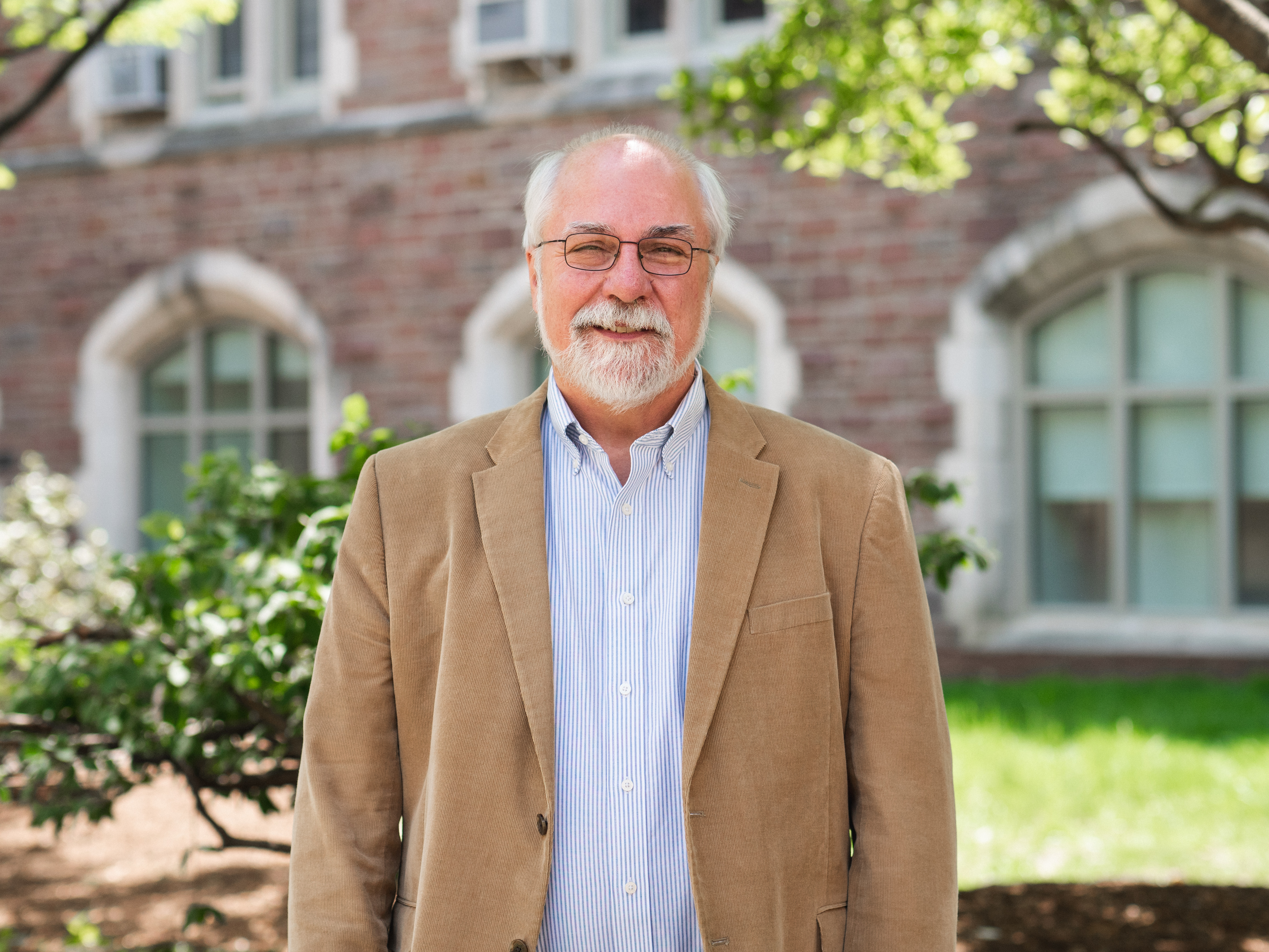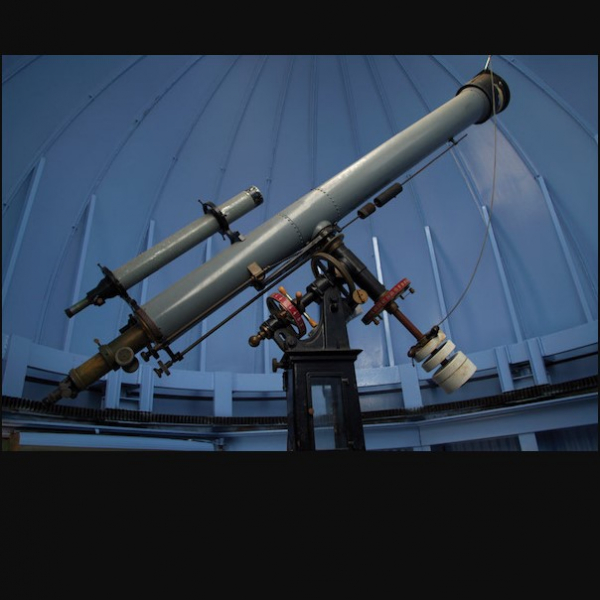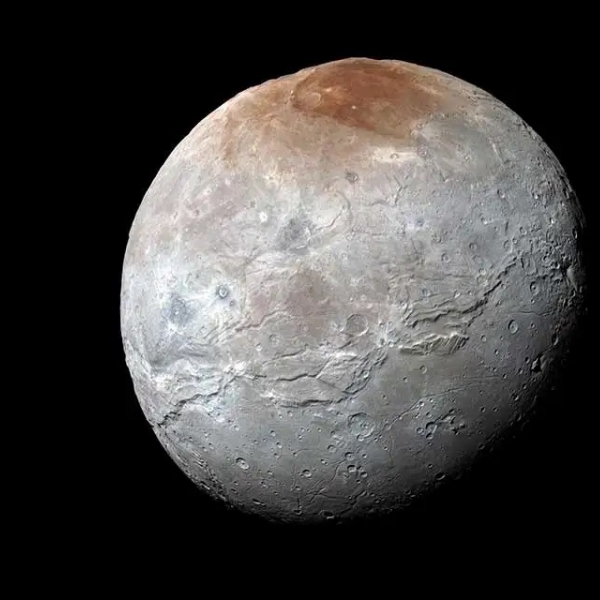Physicist Kenneth Kelton received a grant from NASA to study fundamental fluid processes in the microgravity environment of the International Space Station.

Kenneth F. Kelton, the Arthur Holly Compton Professor of Physics in Arts & Sciences, won a five-year, $1.46 million grant from NASA for work on understanding the fundamental process of nucleation. In collaboration with members of the European Space Agency, Kelton’s study will make use of the unique microgravity environment available on the International Space Station (ISS) as well as a technique known as electromagnetic levitation (EML) to study homogeneous nucleation in liquids without using a container.
Nucleation is the first step for the change of a liquid to a solid – such as water to ice – when the temperature of the liquid is cooled below the melting point. Though it has been studied for hundreds of years, key points about the process remain unclear. Kelton is particularly concerned with homogeneous nucleation, the most fundamental type of nucleation, which occurs randomly in a liquid. This type of nucleation is especially difficult to study, since liquid containers tend to cause nucleation to occur at specific sites on the surface of the container, resulting in heterogeneous nucleation.
“The main goal of this research is to investigate the influence of fluid flow, or stirring, on nucleation in liquids,” Kelton said. “Since convective flow is almost always present on Earth due to gravity, the microgravity environment of the ISS-EML is ideal for reducing and controlling flow. It is also possible to measure important thermophysical properties of the liquid with the ISS-EML facility, which will allow a deep investigation of the most widely used theory of nucleation and can also reveal relations between the liquid structure and the viscosity, that is, how easily the liquid flows.”
“This knowledge will be important for many applications, ranging from the formation of glass ceramics to additive manufacturing processes that are of great interest to NASA in their interplanetary exploration program,” Kelton added.
Kelton and Anup Gangopadhyay, research scientist in the Department of Physics in Arts & Sciences, are principal investigators on the project. Their research is carried out under NASA’s Project QUASI with ESA-based investigations THERMOLAB-ISS and ICOPROSOL.
For more stories about recent grants and awards in Arts & Sciences, visit the August edition of the A&S science research roundup.




